1. Habbo Australia have surveyed 4012 teenagers (12-18 year olds) on their concerns, with 81% citing the environment as a major issue, with an unsurprising emphasis on bushfires.
Habbo will be closing down for Earth Hour on March 28th at 8.30pm AEDT. What say you Linden Lab, Blizzard and others?
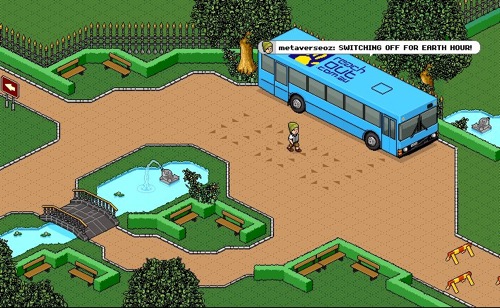
2. The Alphaville Herald has some stunning pictures of Metaplace builds – it shows the potential power of a well-implemented 2D platform.
3. There’s been quite a lot of focus on this week’s announcement of Sparkle, which allows in-world text chat in Second Life and in OpenSim grids on the iPhone or iPod Touch. Here’s a brief demo:
More on Sparkle once we have a closer look in the next few days.


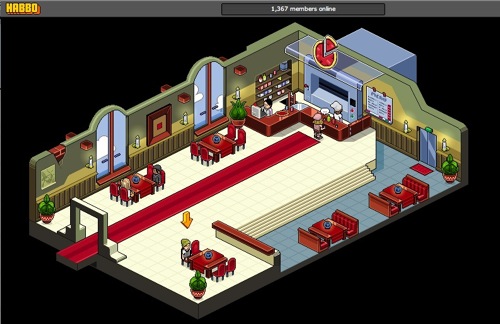
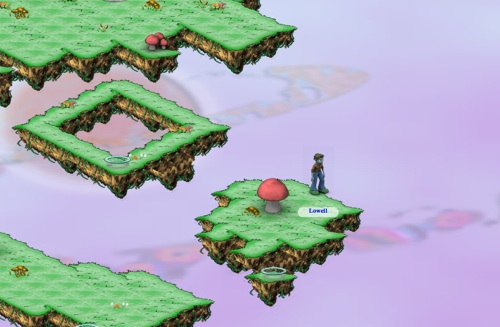
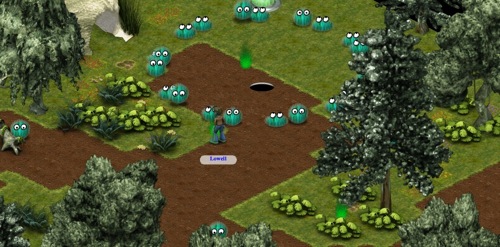
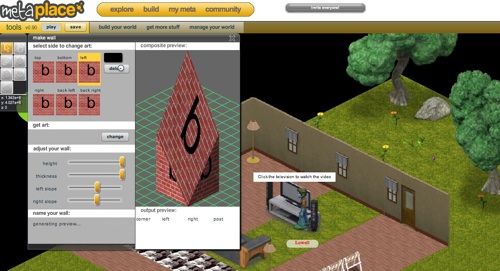
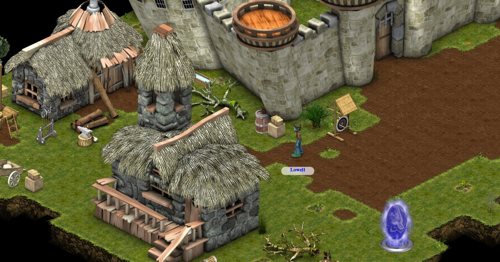
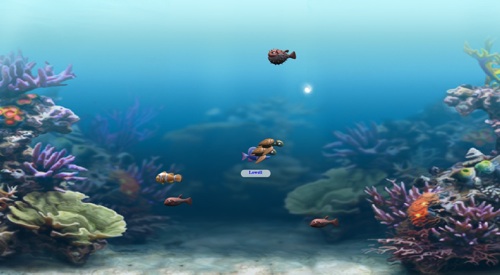


Recent Comments